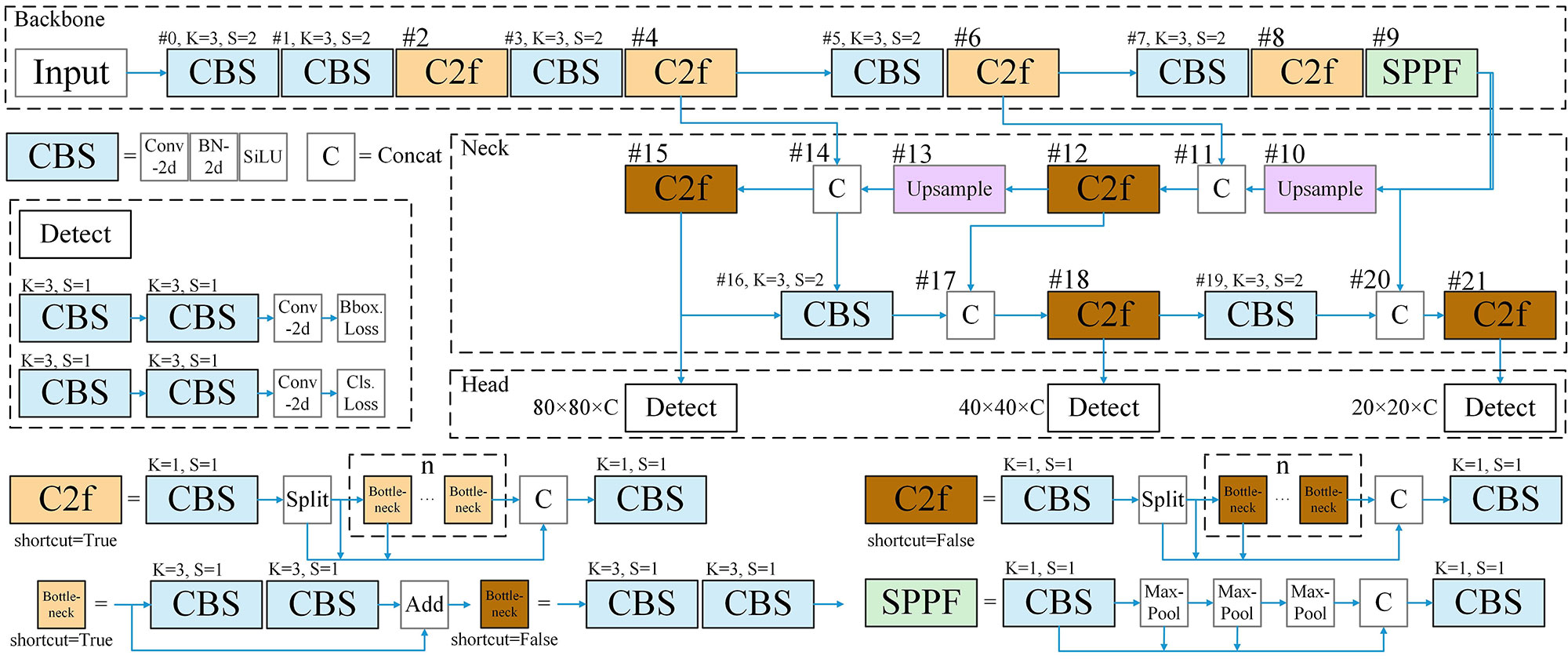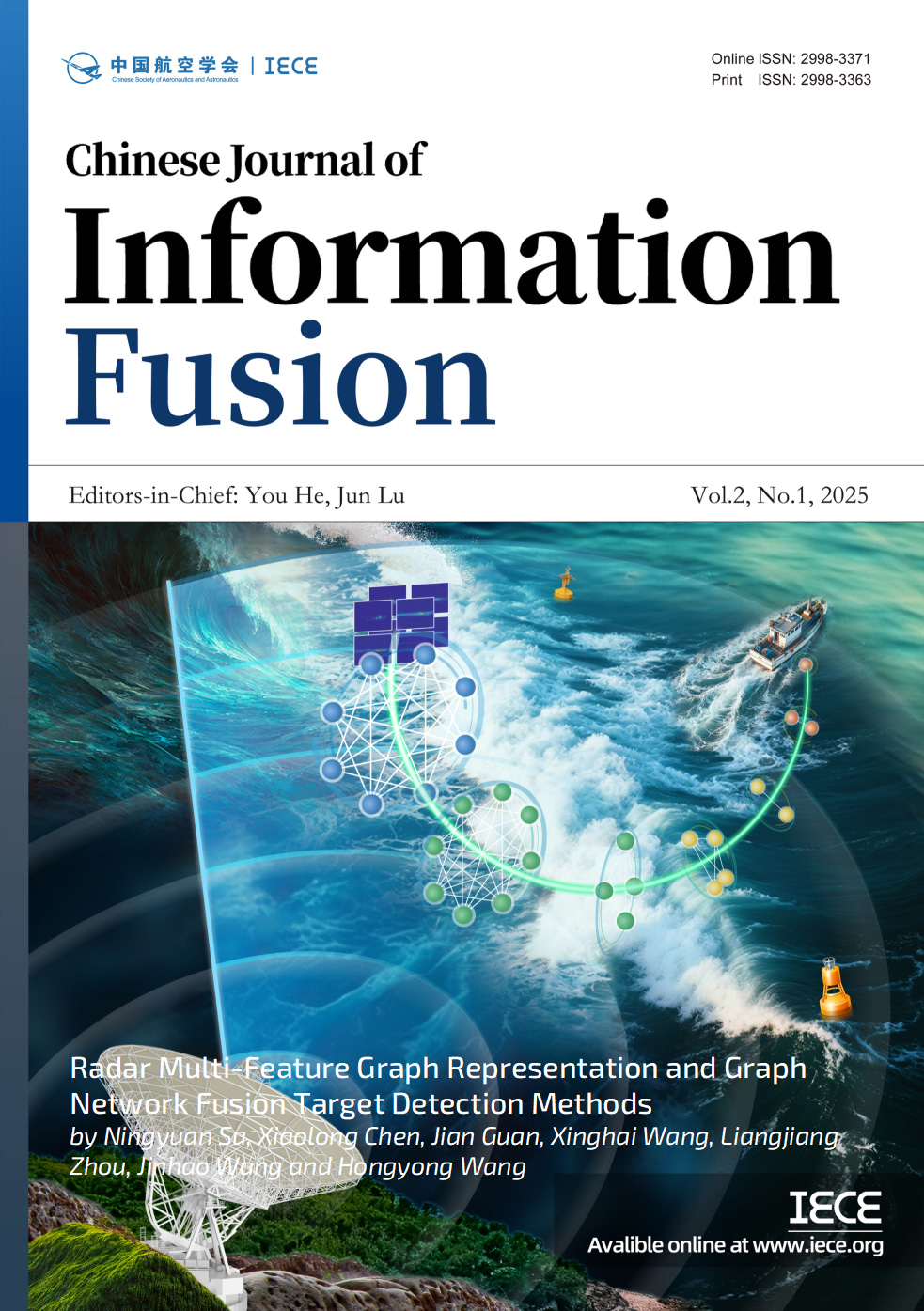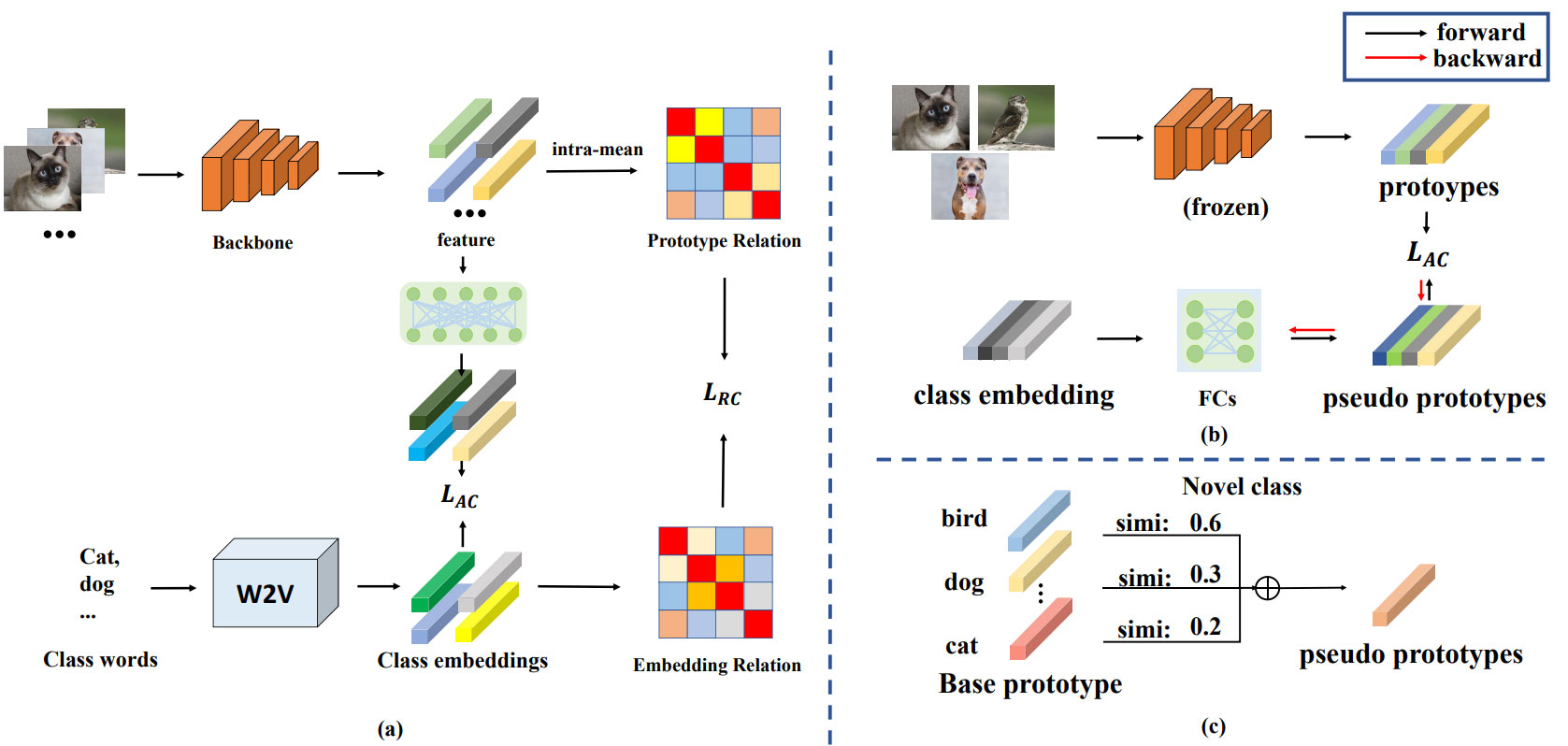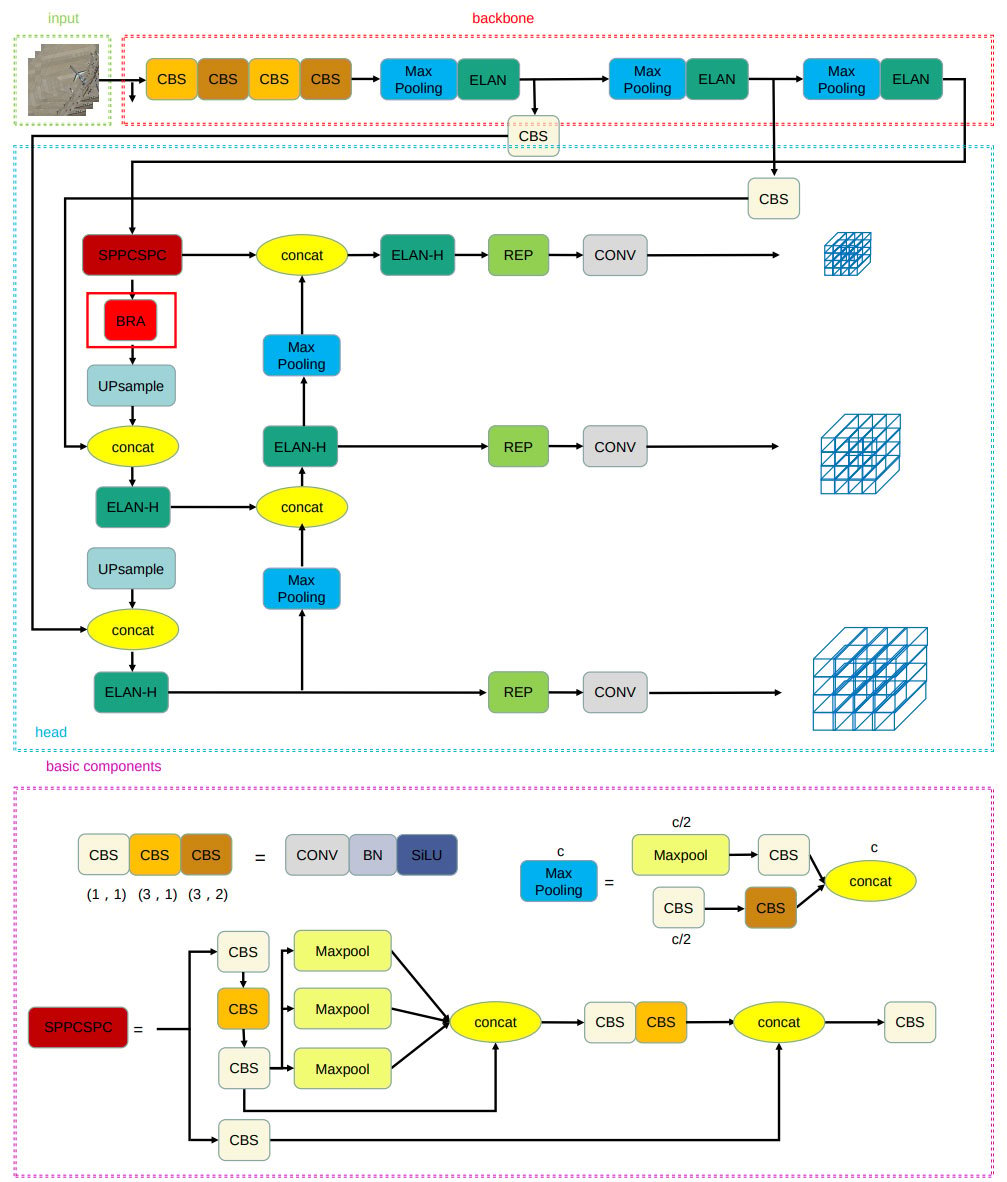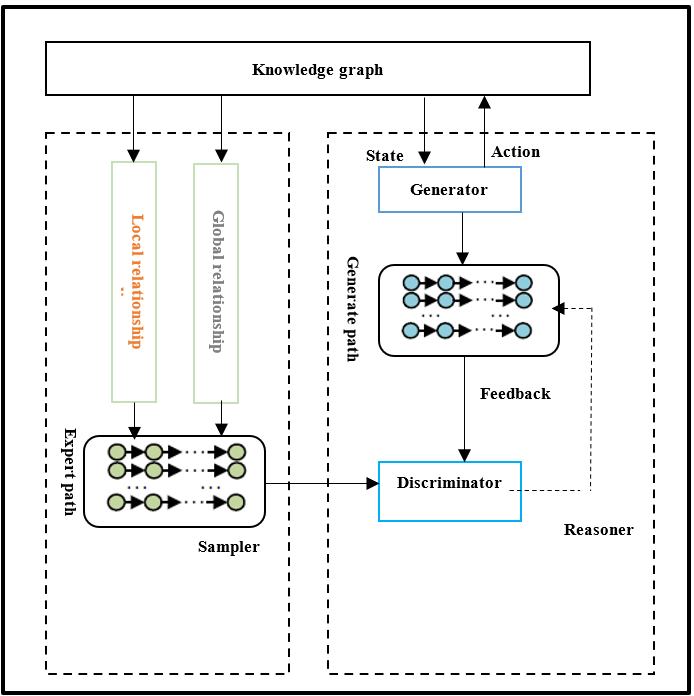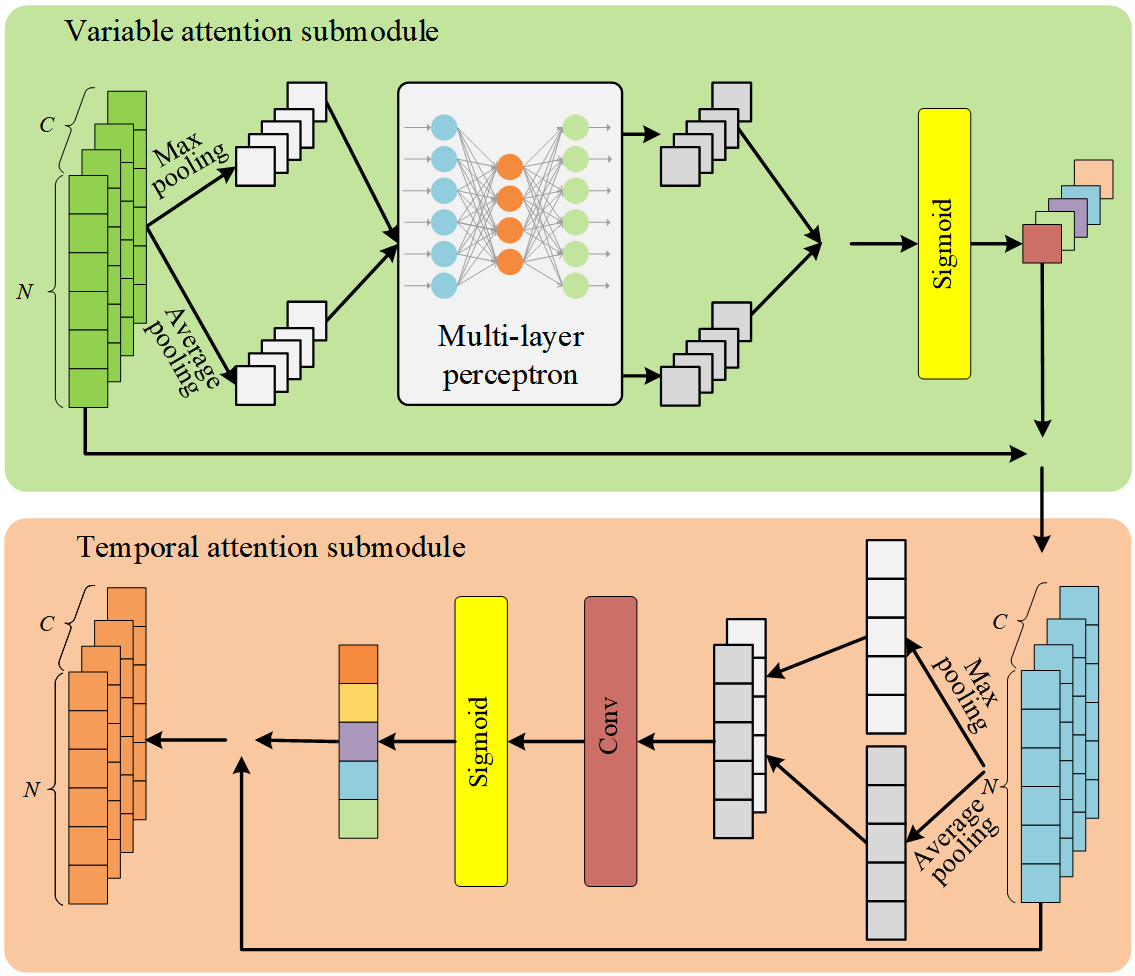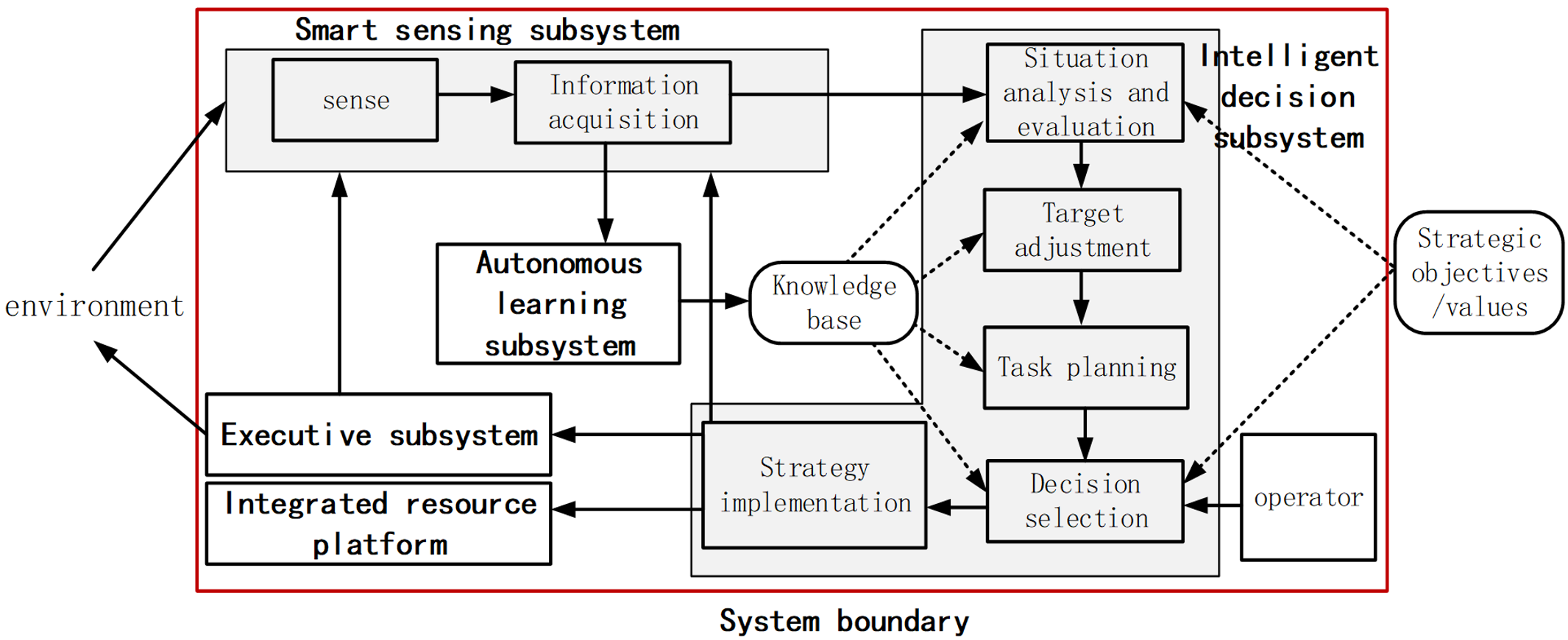Chinese Journal of Information Fusion | Volume 2, Issue 1: 79-99, 2025 | DOI: 10.62762/CJIF.2025.695812
Abstract
Sea ice detection is of vital importance for maritime navigation. Satellite imagery is a crucial medium for conveying information about sea ice. Currently, most sea ice detection models mainly rely on texture information to identify sea ice in satellite imagery, while ignoring sea ice size information. This research presents an improved YOLOv8-Based detection algorithm for multi-scale sea ice. First, we propose a fusion module based on the attention mechanism and use it to replace the Concat module in the YOLOv8 network structure. Second, we conduct an applicability analysis of the bounding box regression loss function in YOLOv8 and ultimately select Shape-IoU, which is more suitable for sea... More >
Graphical Abstract
